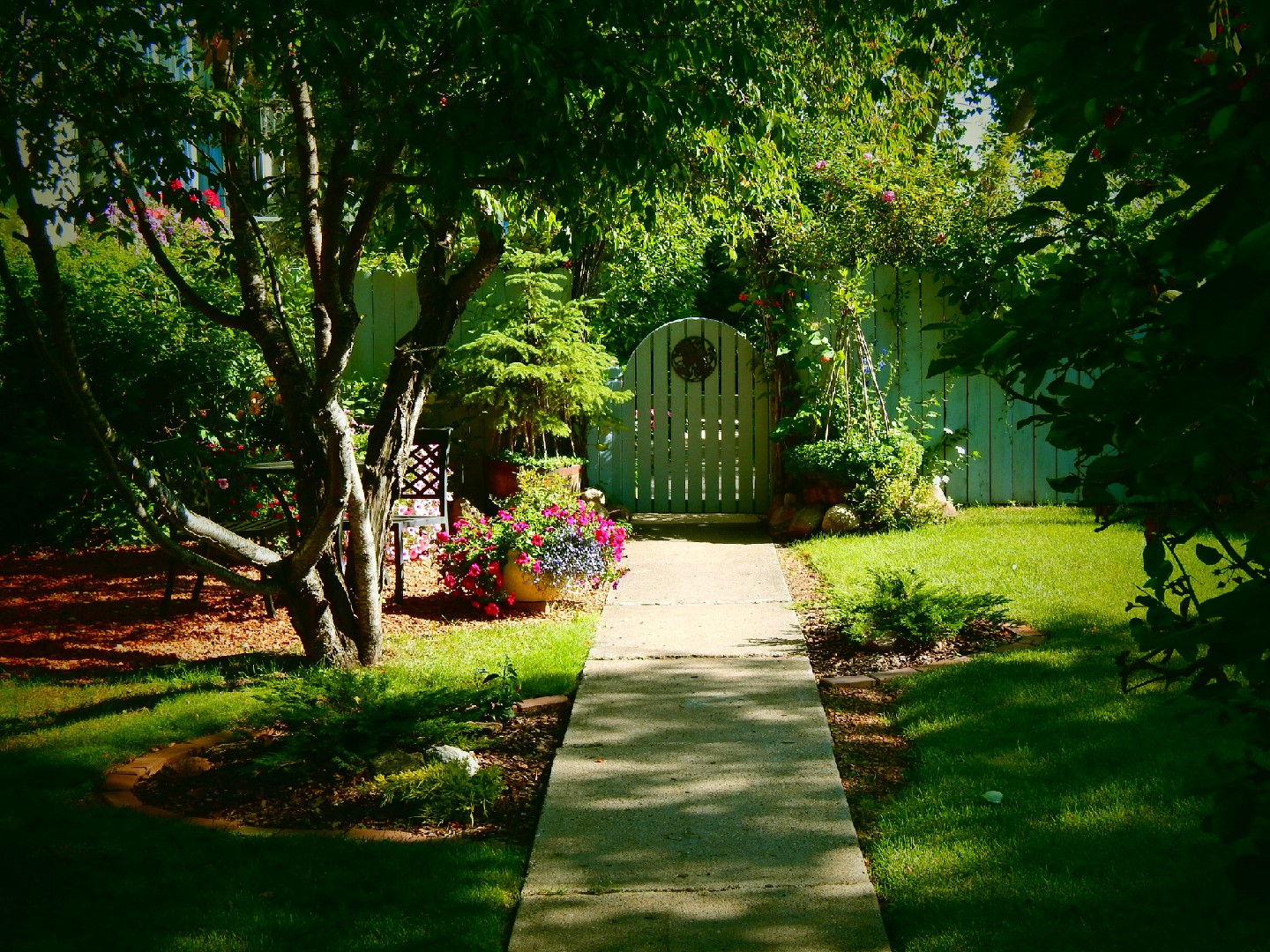![Rectangle]()
Scaling the Designs: Tailoring Hardscaping to Fit Small and Large Gardens
Hardscaping is an essential aspect of garden design that adds structure and functionality to outdoor spaces. However, designing hardscapes that perfectly fit small or large gardens requires careful planning and consideration. In this section, we will explore tips and strategies to scale hardscaping designs for different garden sizes, while maintaining balance and proportion.
When it comes to hardscaping in small gardens, maximizing every inch of space is crucial. One effective method is to create multi-functional elements that serve multiple purposes. For example, a bench with built-in storage can provide seating while also keeping garden tools and supplies hidden away. Another strategy is to use vertical hardscaping elements, such as trellises or living walls, to add visual interest without taking up valuable ground space. These vertical elements can also be used to create privacy or divide different areas within the garden.
Additionally, incorporating reflective surfaces like mirrors or water features can create an illusion of depth and make the space appear larger. Placing these features strategically can also help in redirecting natural light to make the garden feel brighter and more spacious. It's important to choose materials that are proportional to the size of the garden. Opting for smaller-scale pavers or gravel paths can create an intimate feel while maintaining a seamless flow throughout the space.
On the other hand, scaling hardscape designs for larger gardens requires a different approach. In these cases, it's essential to create focal points that anchor the overall design. One effective method is to incorporate large-scale elements such as pergolas, gazebos, or decorative archways. These structures not only provide visual interest but also create defined spaces within the garden. It's important to balance the size of these elements with the rest of the design to ensure they complement the overall aesthetic.
In large gardens, it's crucial to create a sense of harmony and proportion. Breaking up the hardscape design into distinct zones or outdoor rooms can help achieve this. Each zone can have its own unique purpose, whether it's a dining area, a reading nook, or a play space. This division creates a sense of organization and allows for a variety of activities within the garden. Incorporating pathways or stepping stones can guide visitors through the different zones and create a sense of movement and exploration.
When scaling hardscaping designs, it's important to keep the overall theme and style of the garden in mind. Whether it's a small or large garden, the hardscape elements should seamlessly integrate with the surrounding vegetation and landscape. Paying attention to the materials, colors, and textures used in the hardscape design is crucial to ensure a cohesive and harmonious overall look.
In conclusion, scaling hardscaping designs for small and large gardens requires thoughtful planning and consideration. By incorporating multi-functional elements, vertical features, reflective surfaces, and proportional materials, small gardens can be optimized for maximum functionality and visual impact. In larger gardens, creating focal points, distinct zones, and a sense of harmony and proportion becomes essential. By following these tips and strategies, garden owners can create inviting and well-designed entryways that enhance the overall beauty of their outdoor spaces.





